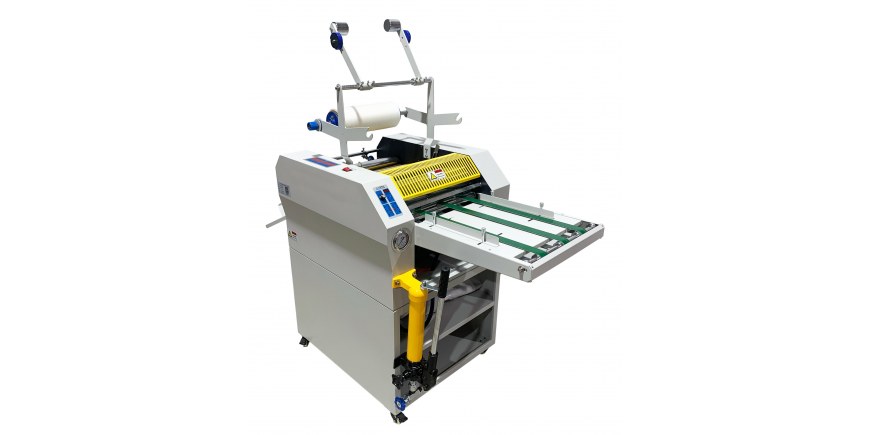Lamination primary uses include:
- Protection: Shields printed materials from moisture, dust, fingerprints, and scratches, extending their lifespan.
- Durability: Enhances the strength of materials, making them more resistant to wear and tear, especially for frequently handled items like menus or ID cards.
- Aesthetic Enhancement: Provides a professional and polished look with options like glossy or matte finishes, improving the visual appeal of printed materials.
- Water Resistance: Makes materials water-resistant, suitable for outdoor use or environments prone to spills.
- Color Preservation: Protects against fading caused by UV rays, ensuring that colors remain vibrant over time.
- Improved Handling: Makes materials easier to handle by adding a smooth surface, especially for thin or fragile papers.
- Writable Surface: Allows certain laminated materials to be written on with whiteboard markers, making them reusable for teaching, presentations, or planning.
- Tamper Resistance: Deters tampering or alterations, which is particularly useful for official documents like certificates, licenses, or identification cards.
- Heat and Chemical Resistance: Adds a layer of protection against exposure to heat, oil, or mild chemicals, useful in industrial settings.
- Enhanced Rigidity: Provides structural support to flimsy or thin materials, making them sturdier for display or frequent use.
- Custom Applications: Lamination can include textured finishes, holographic films, or anti-glare properties, expanding its functionality for premium packaging or branding.
These features make lamination versatile and valuable across various industries, including printing, advertising, retail, and education.



